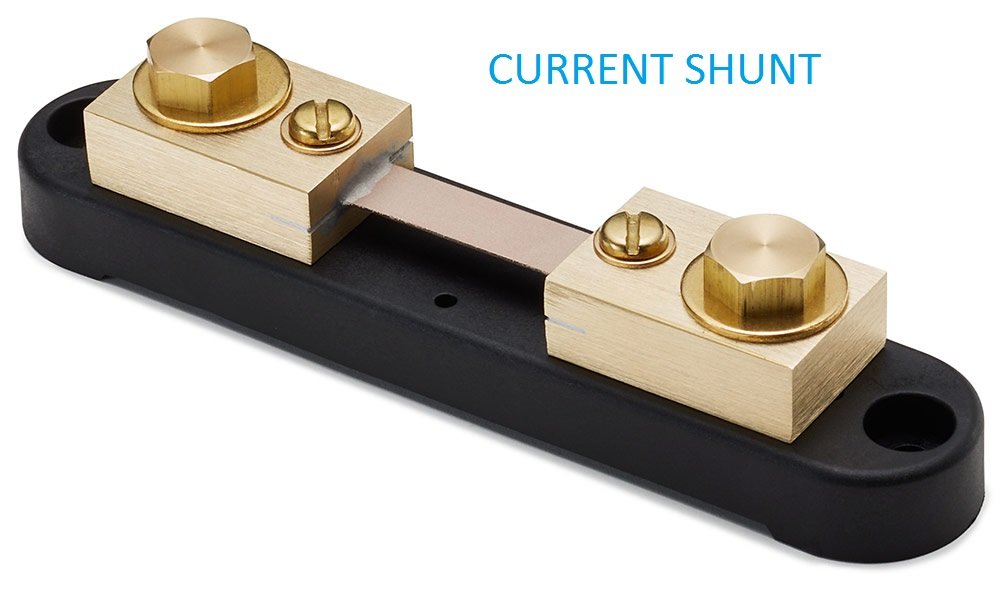Types of Current Shunt Resistor

If you have ever heard the term current shunt, then you may not understand what the term means. But for those that understand current shunts and how they work, they will know what it is all about. There are different types of current shunt resistors out there that are used in the electronic world and these are the types that one generally comes across when they go looking for shunt regulators. So if you are wondering what this means, then read on to find out.
In short, a current shunt is a device that uses current to help regulate the flow of electricity through a circuit. It basically works as a shunt or divider that helps to reduce the resistance that is built up across any piece of wiring or material. The current shunt regulator is very useful for regulating the power that is required for any circuit that is in use. There are many different types of shunt regulators on the market and this is because the need for them is very important. Let us take a look at some of the most common and basic ones that you will come across.
One of the most basic and most popular shunt regulators is the BSC type. This is where the current shunt resistor actually acts as a switching device. This means that when two different currents are required to move the wire in a circuit, then the shunt divider will help to lower down the resistance between them and allow the current to move the way that it needs to. It is essential that this current shunt is placed at the correct level and that it matches the requirements of the circuit that it is supposed to control. Some regulators will allow you to control the amount of current that is flowing through the shunt. You would then connect two wires to the Metal Clad Braking Resistors and either regulate the current that is passing through or to either of the wires, shut off the current.
Another type of shunt resistor is the mechanical one. This is where the current will be controlled by a particular motion. It could be due to some kind of limit or it could also be because of a simple force such as a spring. The motion will determine how the current will be distributed among the components.
Another type of shunt regulator is called the rotary shunt. The way that this works is that it will need to regulate the current in order to keep a check on the power that is being drawn from the mains. This is normally done through a series of rotary resistors.
You will find that these kinds of shunt regulators can be very complex and that they might even use electronic circuits to give them their work. In this case, you will have to make sure that you understand what is happening inside your power shunt.
Before buying a shunt resistor, you should make sure that you understand how they work. This is because not all shunt regulators are the same. In fact, there are a lot of ways that you can use a shunt resistor. However, if you are looking for a power shunt that will only regulate the current, then you might want to consider using one of the four types of shunt regulators. You can get more enlightened on this topic by reading here: https://www.dictionary.com/browse/resistor.
